

| Visitors Now: | |
| Total Visits: | |
| Total Stories: |
Too Beautiful To Be Real? 10 Surreal Landscapes Found On Earth (Video)
Thursday, December 19, 2013 6:28
% of readers think this story is Fact. Add your two cents.
(N.Morgan) I found some more of the wild, beauty our Earth has to offer. Some very strange, exotic places, that seem too beautiful to be real. These bizarre locations may seem like a series of elaborate movie sets, but they are real destinations that you might want to see for yourself.
Travertines, Pamukkale, Turkey

Pamukkale, meaning “cotton castle” in Turkish, is a natural site in Denizli Province in southwestern Turkey. The city contains hot springs and travertines, terraces of carbonate minerals left by the flowing water. It is located in Turkey’s Inner Aegean region, in the River Menderes valley, which has a temperate climate for most of the year. (Image)
Red beach, Panjin, China
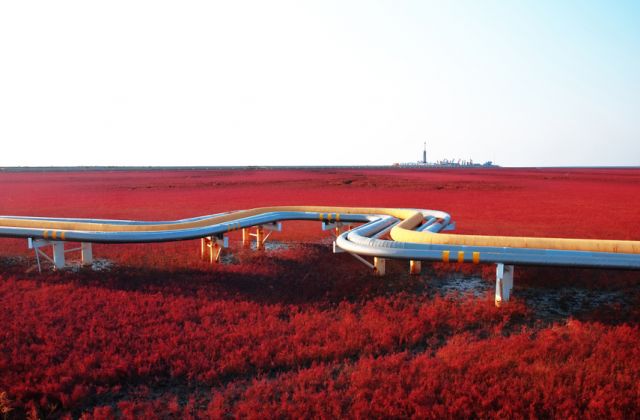
Panjin is a prefecture-level city and a major oil production centre of Liaoning province, People’s Republic of China, and is situated on the northern coast of Liaodong Bay of the Bohai Gulf. It borders Anshan to the northeast and east, Yingkou across the Liao River, as well as Jinzhou to the west and northwest. The city has an administrative area of 4,071 square kilometres (1,572 sq mi), in which 1.28 million people reside. (Image)
Salar de Uyuni, Bolivia
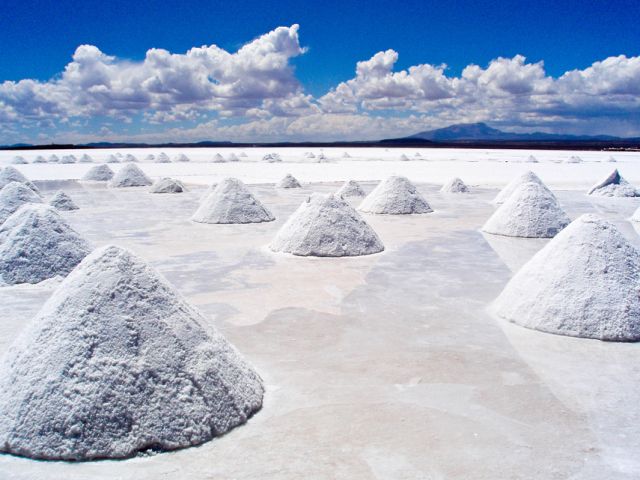
Salar de Uyuni (or Salar de Tunupa) is the world’s largest salt flat at 10,582 square kilometers (4,086 sq mi). It is located in the Potosí and Oruro departments in southwest Bolivia, near the crest of the Andes and is at an elevation of 3,656 meters (11,995 ft) above mean sea level.The Salar was formed as a result of transformations between several prehistoric lakes. (Image)
Sossusvlei, Namibia
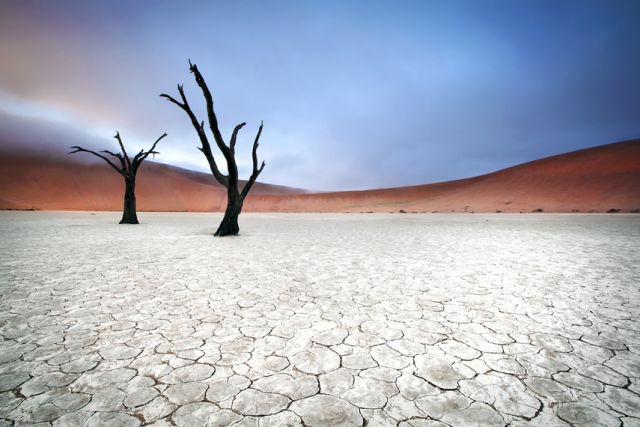
Sossusvlei (sometimes written Sossus Vlei) is a salt and clay pan surrounded by high red dunes, located in the southern part of the Namib Desert, in the Namib-Naukluft National Park of Namibia. The name “Sossusvlei” is often used in an extended meaning to refer to the surrounding area (including other neighbouring vleis such as Deadvlei and other high dunes), which is one of the major visitor attractions of Namibia. (Image)
Rice terraces, Bali, Indonesia
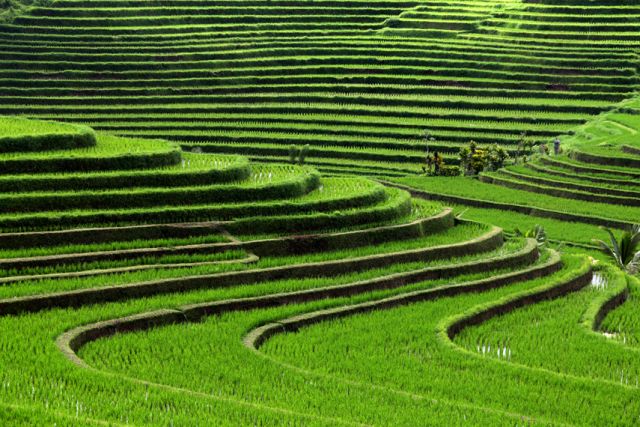
(Image)
Cappadocia, Anatolia, Turkey
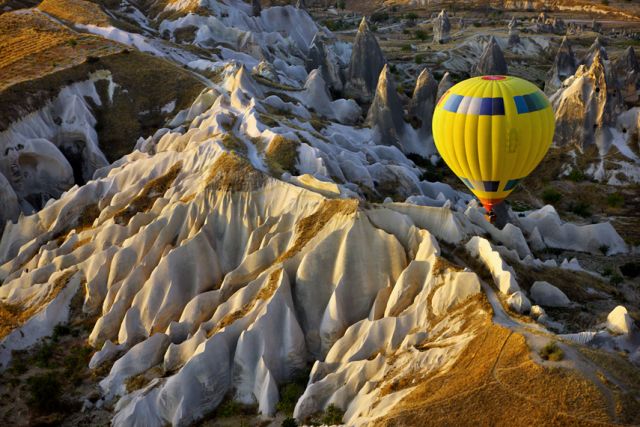
Cappadocia is a historical region in Central Anatolia, largely in Nevşehir Province, in Turkey.
In the time of Herodotus, the Cappadocians were reported as occupying the whole region from Mount Taurus to the vicinity of the Euxine (Black Sea). Cappadocia, in this sense, was bounded in the south by the chain of the Taurus Mountains that separate it from Cilicia, to the east by the upper Euphrates and the Armenian Highland, to the north by Pontus, and to the west by Lycaonia and eastern Galatia. (Image)
Giant’s Causeway, Antrim, Northern Ireland, U.K.
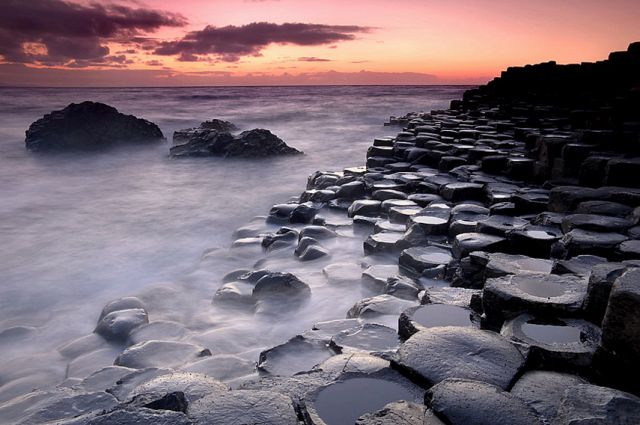
The Giant’s Causeway (known as Clochán an Aifir or Clochán na bhFomhórach in Irish[1] and tha Giant’s Causey in Ulster-Scots) is an area of about 40,000 interlocking basalt columns, the result of an ancient volcanic eruption. (Image)
Hitachi Seaside Park, Hitachinaka, Japan
Hitachinaka is a city located in Ibaraki Prefecture, Japan.
As of 2008, the city has an estimated population of 155,354 and a population density of 1,570 persons per km². The total area is 99.04 km2 (38 sq mi).
The modern city of Hitachinaka was established on November 1, 1994, after the cities of Katsuta and Nakaminato were merged.
It is a hiragana city, the place name is written with the hiragana syllabary, and not the more traditional kanji. (Image)
Giant Buddha, Leshan, China
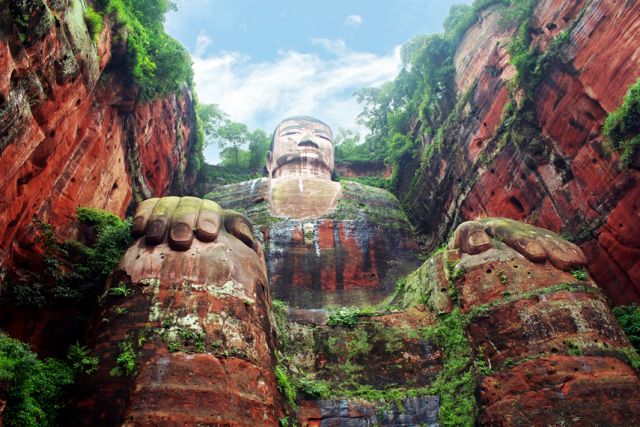
The Leshan Giant Buddha was built during the Tang Dynasty. It is carved out of a cliff face that lies at the confluence of the Minjiang, Dadu and Qingyi rivers in the southern part of Sichuan province in China, near the city of Leshan. The stone sculpture faces Mount Emei, with the rivers flowing below his feet. It is the largest stone Buddha in the world[1] and it is by far the tallest pre-modern statue in the world.
The Mount Emei Scenic Area, including Leshan Giant Buddha Scenic Area has been listed as a UNESCO World Heritage Site since 1996. It was not damaged by the 2008 Sichuan earthquake. (Image)
Odle Mountains, Italy
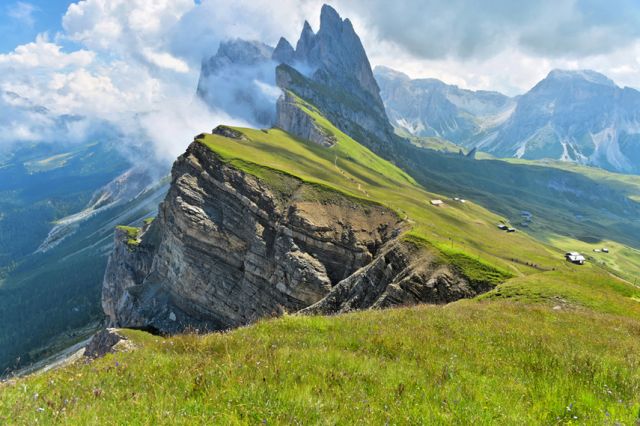
The Dolomites are a mountain range located in northeastern Italy. They form a part of Southern Limestone Alps and extend from the River Adige in the west to the Piave Valley (Pieve di Cadore) in the east. The northern and southern borders are defined by the Puster Valley and the Sugana Valley (Val Sugana). The Dolomites are nearly equally shared between the provinces of Belluno, South Tyrol and Trentino.
More Stories:
Very Strange, Intense, HAARP Activity–St.John’s Canada (Video)
Bug Out: Stay Away From High Density Population Areas (Video)
Hypocritic Oath: Doctors Who Torture For War On Terror (Video)
Japan Professor: Damage From Fukushima Is Unprecedented, A Disaster Never Before Experienced In Human History (Video)
Sheriffs’ Resistance To Federal Gun Control Tyranny Makes Mainstream Media (Video)
You’ll Stop Being A Serf, When You Are Willing To Do This (Video)
More Stories Contributed By N. Morgan




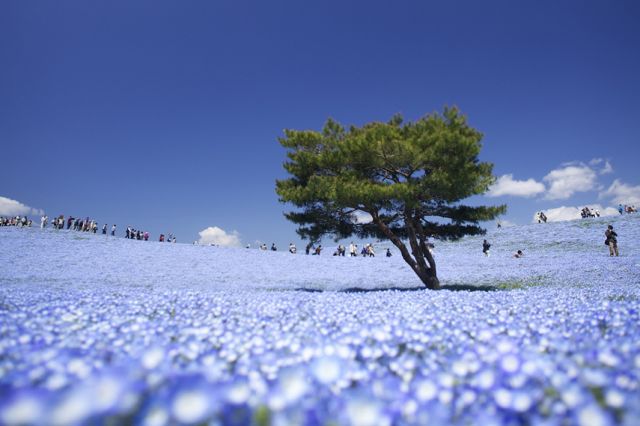

WOW!


Thanks Nancy, and Happy Holidays!
Nancy?
I now know I was meant to travel the globe!
Thank you!